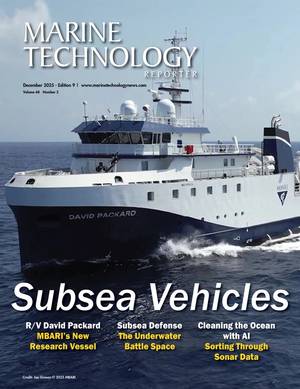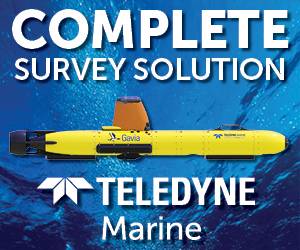Frontier Robotics Secures First Commercial Sale With ORE Catapult
Edinburgh-based Frontier Robotics has reached a milestone by making its first commercial sale with the Offshore Renewable Energy (ORE) Catapult, the UK's leading technology innovation centre for offshore renewables.
Frontier Robotics, based in the National Robotarium, the UK's centre for robotics and AI at Heriot-Watt University, has developed advanced visual sensing and autonomy technology for subsea robots which will now be deployed at several sites including ORE Catapult’s new simulation platform VDARE (Virtual Demonstration and Assessment for Robotic Environments) at its DARE (Digital, Autonomous and Robotics Engineering) Centre in Blyth.
The company’s camera can be mounted onto a remotely operated vehicle (ROV) to take true to life imagery of offshore assets such as wind turbines, and floating offshore wind platforms. These images are then incorporated into ORE Catapult’s VDARE simulation to create virtually ‘real’ assets.
The unpredictable nature of the world's oceans makes the inspection and maintenance of offshore assets challenging, with visibility in murky waters a particular obstacle. By leveraging advanced sensor fusion techniques with edge computing, Frontier Robotics' system offers enhanced visual clarity, robust and reliable positioning and 3D mapping through Simultaneous Localisation And Mapping (SLAM) technology.
SLAM enables ROVs to create comprehensive 3D maps of their surroundings while simultaneously tracking their own position within those environments, providing the foundations for automated and autonomous operations.
The new technology addresses critical challenges for the UK's offshore wind sector, where more than 2,600 turbines across 43 wind farms require up to three maintenance checks annually. These operations can account for up to 20% of total offshore wind emissions through vessel operations and helicopter transfers. Improved monitoring will enable operators to make faster, better-informed decisions about maintenance operations, reducing both costs and carbon footprint.

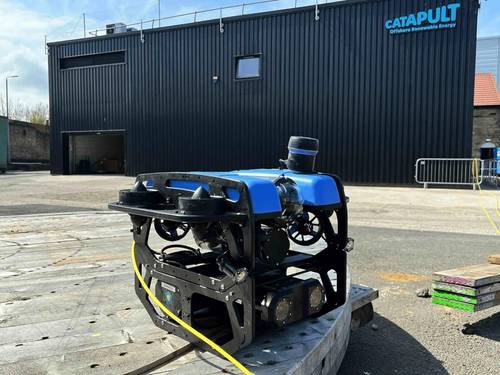


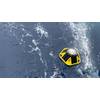
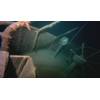
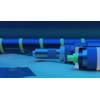







 December 2025
December 2025
